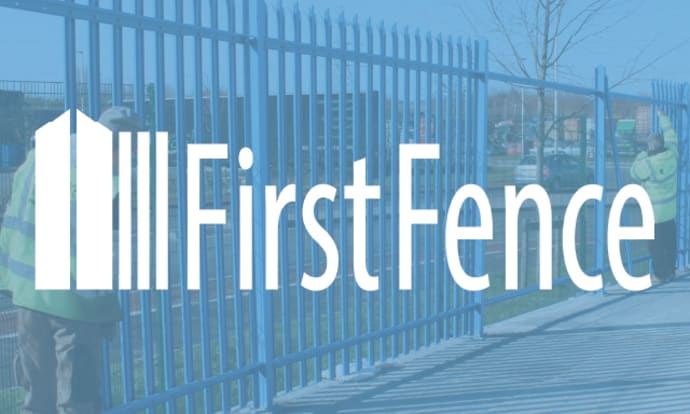What is Chapter 8 Compliance?

Health & Safety On-Site
Chapter 8 is one of the most common plastic barrier types, but what is Chapter 8, and what are the requirements?
Chapter 8 and its legal status
Chapter 8 is designed to help enable legal requirements to be met by setting out a code of practice that can be applied in a wide variety of circumstances. Chapter 8 is intended to provide a good standard of practice and is not a legal requirement, but it is considered the minimum requirement for a road site.
Why should you comply with these guidelines?
Although chapter 8 is not a legal requirement, if your site does not comply with these guidelines, should an accident occurs, you are potentially leaving yourself open to legal action. The Health and Safety at Work Act 1974 and the Health and Safety at Work (NI) Order 1978 officially require everyone to establish and maintain safe systems of work. Chapter 8 may be considered a reasonable practice for maintaining a safe work system.
Types of Roadside Safety Equipment
For this article, we are going to look at barriers and roadside equipment; however, there are other restrictions and guidelines for both vehicles and PPE. The full guidelines and restrictions can be found in the Traffic Signs Manual Chapter 8, which can be found on the Gov.uk website.
Obstructions and excavations should always be adequately guarded. Barriers may be used to protect all persons from roadside hazards, obstructions and excavations. Barriers should be visible by day and night. Providing a high-visibility safety barrier between the roadworks, the public and nearby traffic, they ensure a safe working site.
Four basic types of safety barriers may be used:
- Pedestrian barriers
- Traffic barriers for guiding vehicles and indicating that a traffic lane or part of a traffic lane is closed
- Lightweight barriers for delineating the inner edge of safety zones
- Vehicle restraint safety barriers
Pedestrian Barriers
A pedestrian barrier should be provided to help pedestrian flow or accessibility on those sides of an obstruction that restrict pedestrians. Pedestrian barriers and rails may be red and white, base supports should not protrude more than 300 mm into the path of pedestrians, and Temporary pedestrian routes should never be less than 1m wide, and wherever possible should be at least 1.5 m wide. Pedestrian barriers alongside excavations should be the subject of a risk-based assessment.
Traffic Barriers
Traffic barriers for guiding vehicles past obstructions should be placed on the traffic side of the obstruction and should be red and white. The barrier should be placed between 0.8m and 1.5m above ground level and must be reflectorized, or illuminated either internally or externally during the hours of darkness.
Lightweight Barriers
Lightweight barriers may be used where there is no risk of pedestrians encountering the works or where there is a need to delineate the inner boundary of a safety zone. All elements of lightweight barriers should be sufficiently stable to withstand wind buffeting from passing traffic
Vehicle Restriction Barriers
In some cases, it may be appropriate to provide a temporary vehicle safety barrier. It may be appropriate to provide traffic barriers in addition behind the safety barrier and outside its working width, or to mark the face of the safety.
At First Fence, we sell a wide range of Chapter 8 Pedestrian Barriers, including Firmus, Frontier, Titan and Navigator barriers.
What else do you need?
Traffic Cones
Traffic cones are used to delineate the traffic lane a driver should take past an obstruction, accident or road works. The portability of these devices is of advantage in emergencies. Traffic cones should be placed close enough together to give an impression of continuity and an appearance of substance and should have a reflective strip or flashing light on top. At First Fence, we sell 3 different types of traffic cones: No Waiting Cones, Dominator Cones and Roadhog Cones.
Road Covers and Disability Ramps
In some cases, it may be appropriate to create pathways on the road using pedestrian barriers, and disability ramps will be required to allow for people with disabilities and pushchairs to use the alternative pathway without having to negotiate the curb.
Trench covers and road plates can be used to cover small obstructions and excavations when not being worked on, to create safe walks and access routes. At First Fence, we sell a wide range of road covers and disability ramps.
Health & Safety Signs
Health and safety signs are ideal for warning all persons of the hazardous conditions and informing all persons on the site regulations. At First Fence, we sell large health and safety signs, health and safety signage packs and individual signs.
The full guidelines and restrictions can be found in the Traffic Signs Manual Chapter 8, which can be found on the Gov.uk website.













